The post Linseed Oil WARNING! appeared first on DeckWiseGuys Deck Building How To.
]]>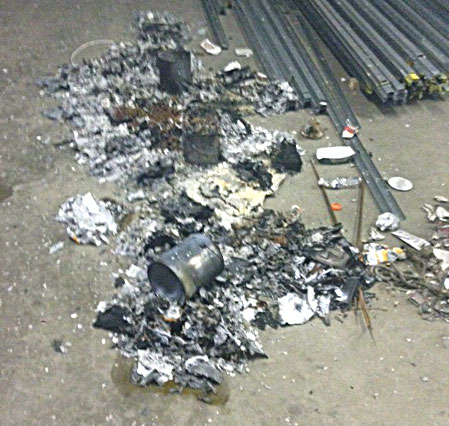
Over the years, DeckWise® has received calls from concerned customers notifying us they had a fire after using our Ipe Oil hardwood finish. What we have found is, that, these fires were caused by improper disposal and carelessness of rags used to apply the oil.
hardwood finish. What we have found is, that, these fires were caused by improper disposal and carelessness of rags used to apply the oil.
We are very aware of the potential for spontaneous combustion of rags, rollers, brushes, paper towels and even steel wool. We take great effort to make sure our labeling has the proper hazard warnings as well. However, we do realize some people do not take the time to read labels so we’re here for a refresher course.
Ipe Oil Label Warning
Label Warning
WARNING: Do not leave rags balled up, they will catch fire or self-combust. Rags, brushes, rollers, steel wool or waste soaked with Ipe Oil Hardwood Deck Finish may also spontaneously catch fire if improperly discarded. Immediately after each use, place waste materials in a sealed, water-filled metal container. Dispose of empty cans or unused portion in accordance with local, state, and federal regulations.
Hardwood Deck Finish may also spontaneously catch fire if improperly discarded. Immediately after each use, place waste materials in a sealed, water-filled metal container. Dispose of empty cans or unused portion in accordance with local, state, and federal regulations.
A culprit for these fires is an ingredient in many wood finishes called Linseed Oil. We’ve all used it before in some manner or fashion. Likewise, our Ipe Oil contains linseed oil, which many DIY people and contractors use to stain wood decking, furniture or fences each year. Linseed oil is a natural product extracted out of the flaxseed.
contains linseed oil, which many DIY people and contractors use to stain wood decking, furniture or fences each year. Linseed oil is a natural product extracted out of the flaxseed.
The unique properties of linseed oil is to soak into the grain of wood accentuating the grain giving it a perpetual “wet Look,” otherwise known as “popping the grain.” Since linseed oil naturally has a yellowish tint, we add a pinch of color to our Ipe Oil to improve the natural wood characteristics.
to improve the natural wood characteristics.
Liquid linseed oil in its container is no more hazardous than any other byproduct oil. The linseed oil by itself is not necessarily the problem. It’s the actual petroleum based solvents used to thin the linseed oil that is extremely combustible and flammable.
If a wood finish containing linseed oil is on a cotton rag for application, fire could spontaneously occur at as low as 120 degrees. That’s with no external spark. These thinning solvents in the linseed oil can generate heat through exothermic reactions with oxygen.
Rags and other application materials left in a pile, balled up or left unattended are a real problem. As air molecules combine with the linseed oil’s solvents, the resulting chemical reaction will accelerate the build up of heat. Since the linseed oil on rags becomes concentrated when in a pile or balled up, this in turn can spontaneously ignite the rag, which the linseed oil’s solvents then act as the fuel.
The reason we don’t see the finished wood with linseed oil catch fire, is because the linseed oil is spread out. There is no chance for heat to build up, hence, no fire.
Great care must always be taken when using and wood finish containing linseed oil. Always allow application materials to dry completely by laying them flat to dry on a non-flammable surface, out of the sun and heat. The best disposal method is to then place the dry rags in a canister of water and tightly seal the lid before you take it to your local hazardous waste site for disposal.
The post Linseed Oil WARNING! appeared first on DeckWiseGuys Deck Building How To.
]]>The post Trying To Get Perfect Spacing Between Boards? appeared first on DeckWiseGuys Deck Building How To.
]]>To learn more about these spacers or our other products go to www.DeckWise.com.
The post Trying To Get Perfect Spacing Between Boards? appeared first on DeckWiseGuys Deck Building How To.
]]>The post Getting Split Ends on Decking? appeared first on DeckWiseGuys Deck Building How To.
]]> or similar product is recommended.
or similar product is recommended.
The post Getting Split Ends on Decking? appeared first on DeckWiseGuys Deck Building How To.
]]>The post Are You Installing Composites and PVC decking? appeared first on DeckWiseGuys Deck Building How To.
]]>The post Are You Installing Composites and PVC decking? appeared first on DeckWiseGuys Deck Building How To.
]]>The post What’s The Harm in Over-Tightening Screws? appeared first on DeckWiseGuys Deck Building How To.
]]>The post What’s The Harm in Over-Tightening Screws? appeared first on DeckWiseGuys Deck Building How To.
]]>The post 2011 Deck Photo Contest Winner appeared first on DeckWiseGuys Deck Building How To.
]]>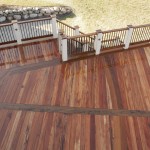
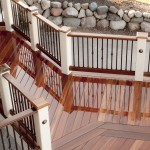
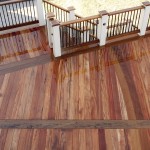
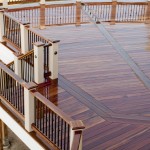
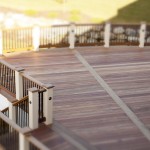
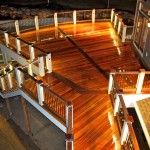
The winner of the 2011 DeckWise®deck photo contest is Jason Szykulski from Minnesota. This project was done using our Ipe Clip® Extreme4, Extreme Hidden Deck Fasteners and also our Hardwood Wrench Board Straightener. Congratulations on winning, Jason and great job with the project!
The post 2011 Deck Photo Contest Winner appeared first on DeckWiseGuys Deck Building How To.
]]>The post Wishing You Could Access DeckWise® Website From Your Android Mobile Phone? appeared first on DeckWiseGuys Deck Building How To.
]]>DeckWise® continues to get smarter! After numerous conversations with distributors, dealers and the contractors that use our products we are going mobile! Folks who are in the planning stages of building and selling decks can now get the answer to the question “How many Ipe Clip fasteners do I need?” anywhere! This new Decking Online App will give you the breakdown on the amount of fasteners needed and the amount of kits you’ll need to order.
The DeckWise® Fastener calculator brings the tools we have available on our website out to the field. Get figures on the following DeckWise products:
- Hidden Deck Fasteners
- Hidden Siding Fasteners
- Deck Tile Connectors
- DeckWise® Screws
Within the coming weeks we will launch the updated version that will introduce the following other features.
- Product description & image area
- Installation instructions & Videos
- Technical data section
- Project Management with email/text integration
- Dealer Locator
- IOS version for IPhone users
As technology changes you can count on DeckWise® to be at the forefront.
We truly value your input; so if you have any ideas or suggestions that would make this tool more useful to you please send them to info@deckwise.com.
The post Wishing You Could Access DeckWise® Website From Your Android Mobile Phone? appeared first on DeckWiseGuys Deck Building How To.
]]>The post How Can Getting Spaced Out Be a Good Thing? appeared first on DeckWiseGuys Deck Building How To.
]]>The versatile design allows you to use these spacers in any position between deck boards. And, with the bright color-coded design, finding the right spacer is now much easier than other generic, disposable brands on the market.
The special blade design of DeckWise® spacers help to prevent denting or marring of decking boards that are pressed together during installation. The unique handle makes moving laterally in between boards a smart choice!
The post How Can Getting Spaced Out Be a Good Thing? appeared first on DeckWiseGuys Deck Building How To.
]]>The post Are You Making The Smart Building Choice? appeared first on DeckWiseGuys Deck Building How To.
]]>There are so many times when we’ve built a deck that required using hardwood plugs to cover screw holes. DeckWise® are dependable, affordable & reliable on the job site.
The post Are You Making The Smart Building Choice? appeared first on DeckWiseGuys Deck Building How To.
]]>The post Do You Give a Hoot About Your Deck? appeared first on DeckWiseGuys Deck Building How To.
]]>The post Do You Give a Hoot About Your Deck? appeared first on DeckWiseGuys Deck Building How To.
]]>